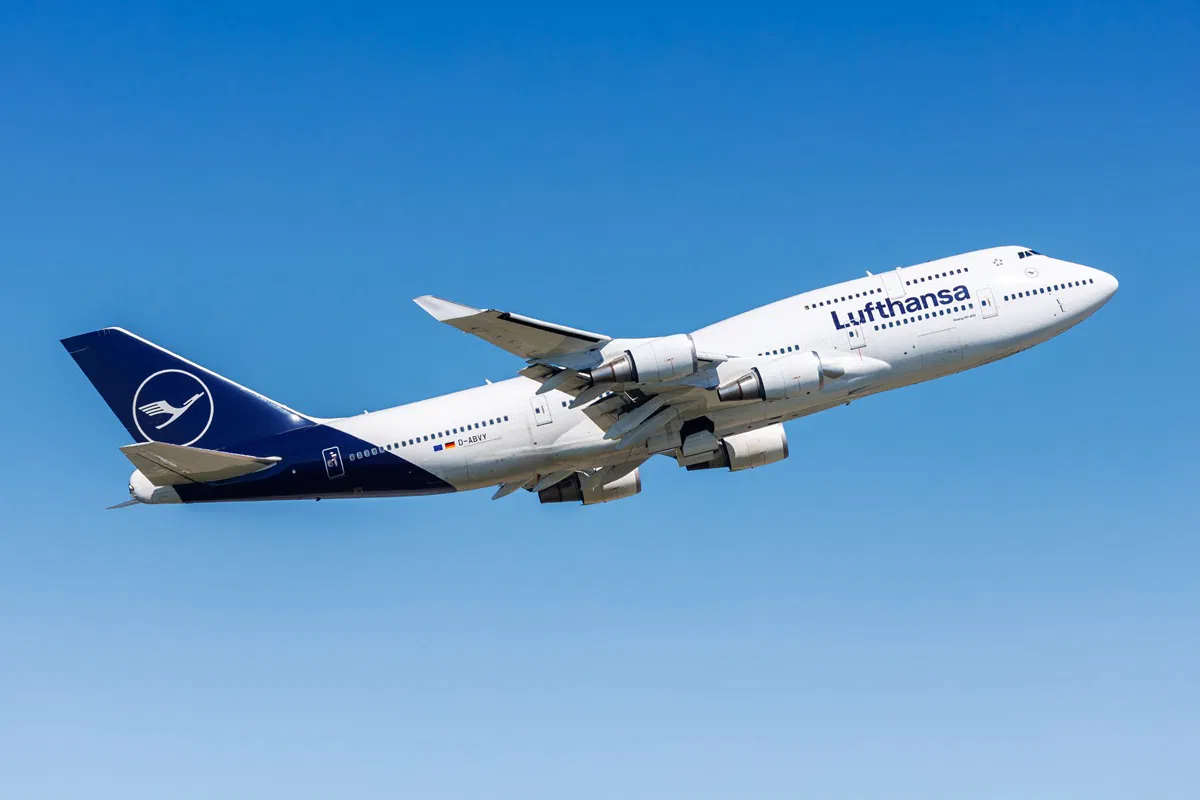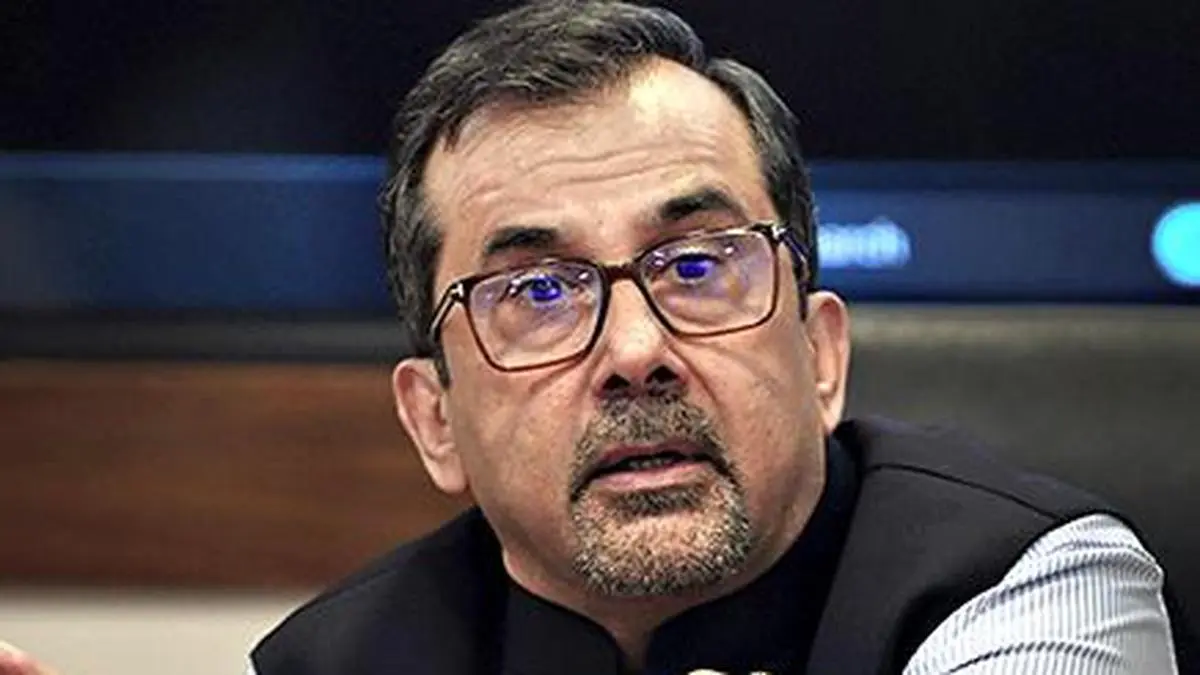By Farah Mokrani
Copyright euroweeklynews

German airline Lufthansa is once again bracing for turbulence – only this time it’s not in the skies, but on the ground.
The airline has announced it will cut 4,000 jobs by 2030, most of them in Germany, in what the company calls a necessary step to keep the business profitable.
The news, revealed at the group’s investor day, is the largest round of cuts since the pandemic and lands at a time when Germany’s wider economy is already struggling.
Why Lufthansa is cutting back
The airline employs more than 103,000 people worldwide across its brands, which include Austrian Airlines, Swiss, Brussels Airlines, Eurowings, ITA Airways as well as its cargo and maintenance divisions. But according to executives, the company has grown top-heavy.
The cuts – around 4 per cent of the workforce – will mainly target administrative jobs rather than pilots or cabin crew. Lufthansa says it can reduce headcount thanks to automation and digitalisation, insisting that front-line services won’t be hit.
“This isn’t about weakening operations,” the company stressed. “It’s about streamlining the back office so we can remain competitive in the long term.”
Still, for staff, the announcement feels like déjà vu. During the Covid-19 crisis, thousands of Lufthansa employees lost their jobs as flights were grounded. Now, just as the industry seemed to be back on its feet, another round of cuts looms.
Germany’s economic storm clouds
Lufthansa’s plan doesn’t exist in a vacuum. Germany is in the middle of a tough period, with its economy contracting for two years in a row. Unemployment is at its highest level in over a decade, and several of the country’s corporate giants are announcing job losses.
Some time ago, Bosch, the world’s largest car parts supplier, revealed it would cut 13,000 posts in Germany by 2030. Rising energy costs, sluggish innovation and competition from China have all been blamed for the downturn.
For Lufthansa, the timing is awkward. The airline is already facing union unrest, with the pilots’ union Vereinigung Cockpit holding a strike ballot this week. If industrial action goes ahead, it could pile even more pressure on a company already struggling to improve its bottom line.
Falling behind its rivals
Financially, Lufthansa is still some way off where it wants to be. The group has set itself the target of an 8% operating margin, but in 2024 it only managed 4.4 per cent, down from 7.5 per cent in 2023.
By contrast, British Airways’ parent company IAG posted close to 14 per cent, while Air France-KLM delivered just above 5%. Even Lufthansa Airlines – the flagship carrier – slipped into the red last year.
Part of the problem has been strikes, which disrupted schedules, but the airline has also been hit by the cooling of ticket prices after the post-pandemic travel boom. For many investors, the “Turnaround” strategy launched last year still hasn’t delivered.
Investing in new planes, while shedding staff
What stings for many employees is that while jobs are being cut, Lufthansa is pushing ahead with a massive fleet renewal. The group plans to bring in more than 230 new aircraft by 2030, including 100 long-haul jets, calling it the biggest modernisation in its history.
Executives argue the investment is essential. Newer planes burn less fuel, are cheaper to operate and offer better passenger comfort – all vital if Lufthansa is to keep pace with Middle Eastern and Asian competitors.
But for staff, the message is hard to reconcile. As one employee told a German paper: “We’re being asked to tighten our belts while the company spends billions on shiny new aircraft.”
A bumpy flight path ahead
The coming months could prove decisive. If unions press ahead with strikes, passengers may once again face cancelled flights and disruption across Europe. That, in turn, could damage Lufthansa’s reputation with travellers at a time when low-cost rivals are snapping up market share.
For now, the airline insists it can manage the transition without harming customer experience. It argues that passengers won’t see a difference day-to-day – flights will operate, service will continue, and the new planes will eventually improve the travel experience.
Behind the scenes, though, thousands of jobs are on the line, and the company’s leadership knows it has little room for error.
Lufthansa’s challenge is clear: it must cut costs, modernise its fleet and rebuild investor confidence — all while keeping its workforce onside and passengers loyal. It’s a tough balancing act, and one that could define whether Europe’s largest airline can stay ahead in an industry that’s only getting more competitive.
For the airline, the road to 2030 looks set to be anything but smooth.
Stay tuned with Euro Weekly News for more news from Germany



